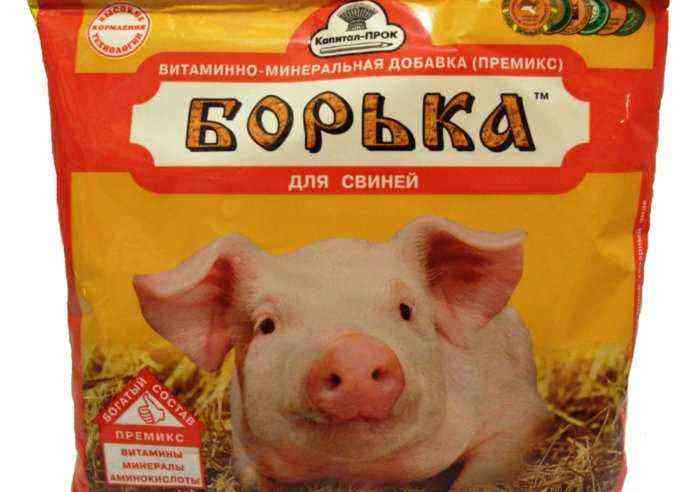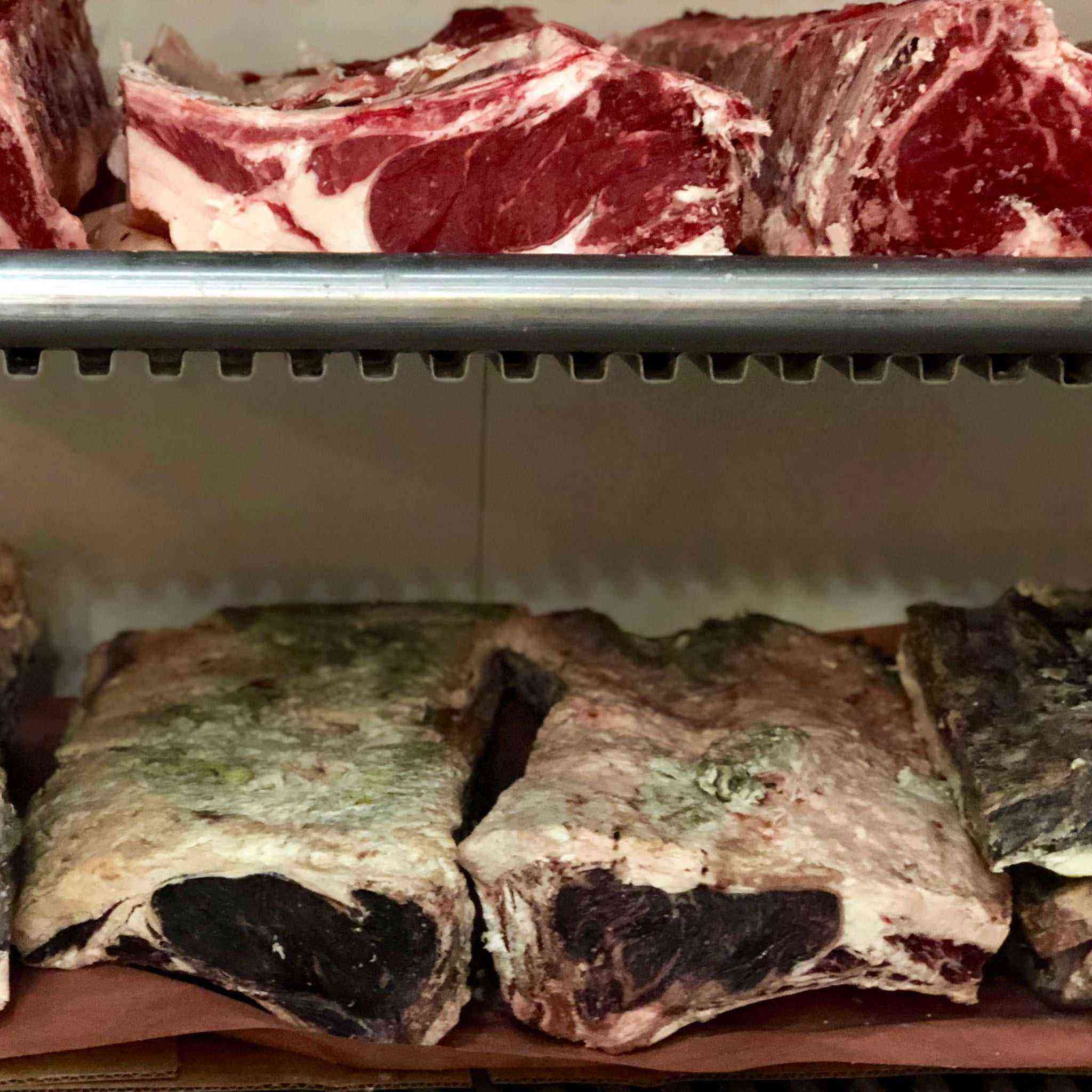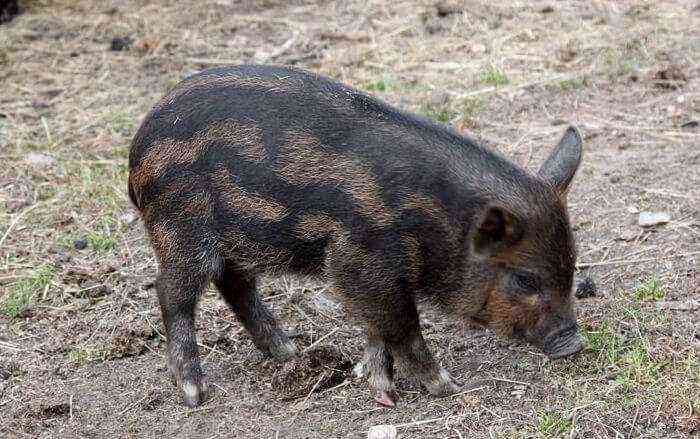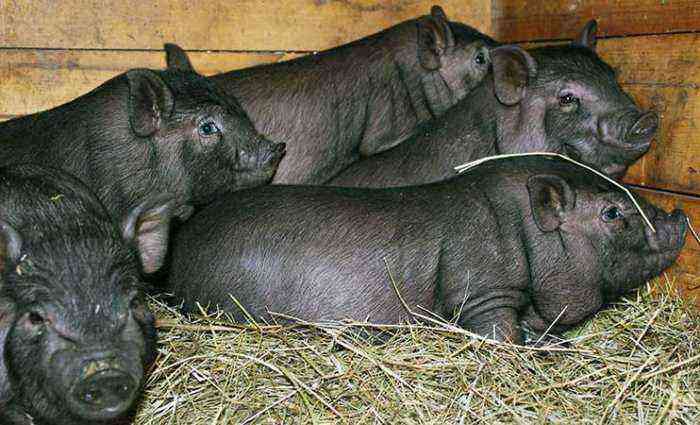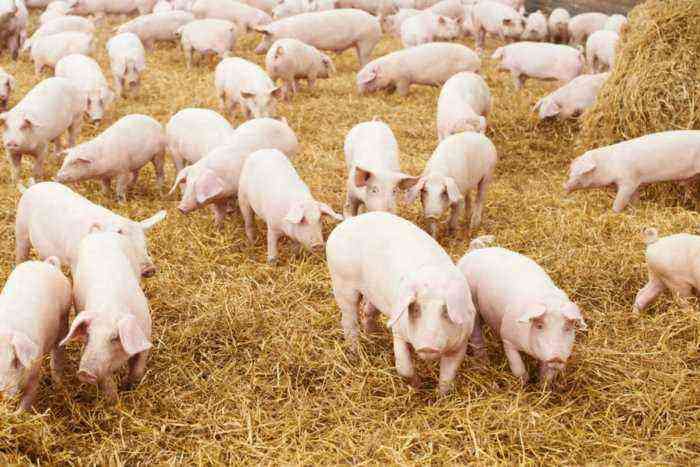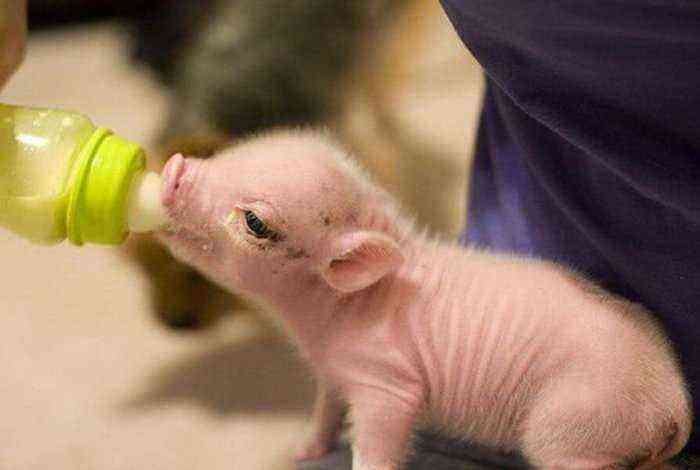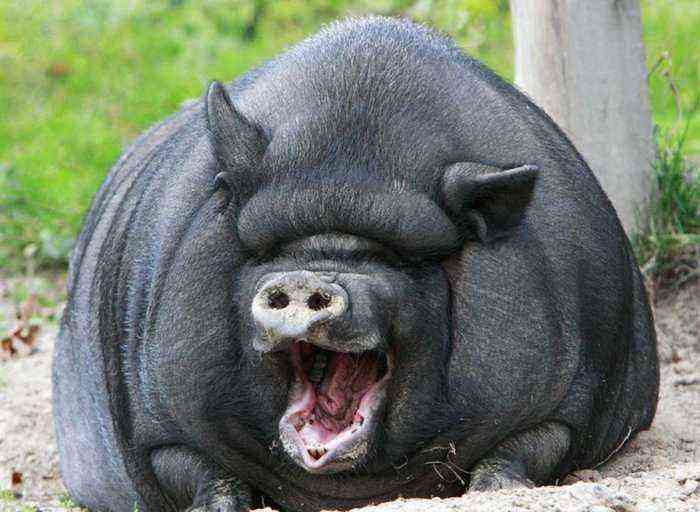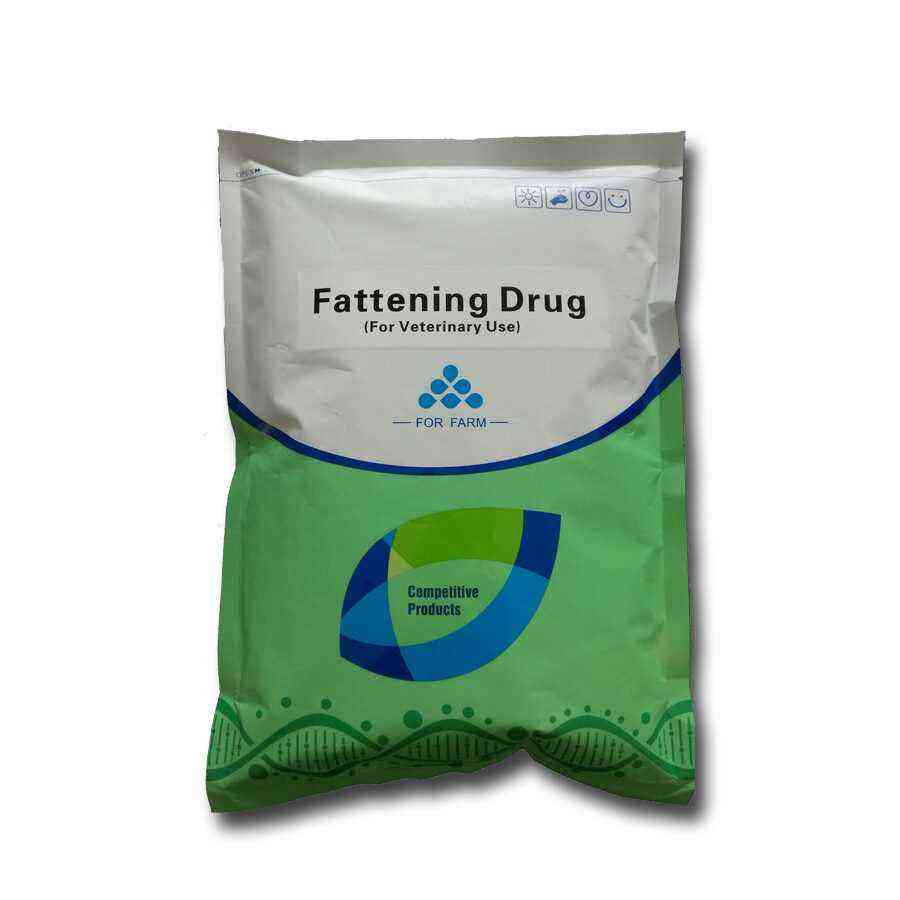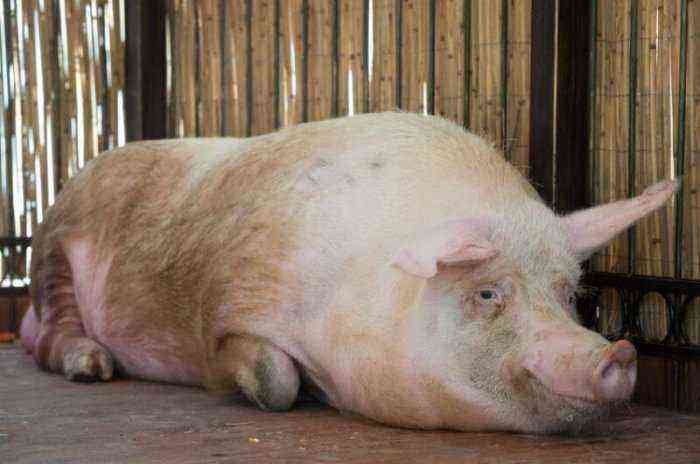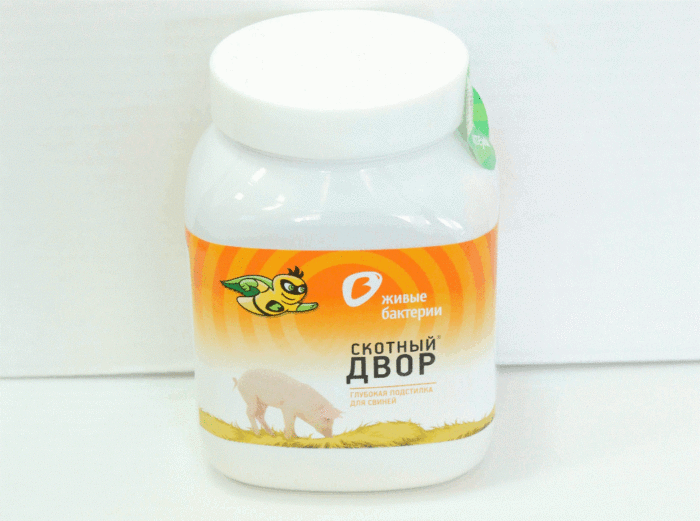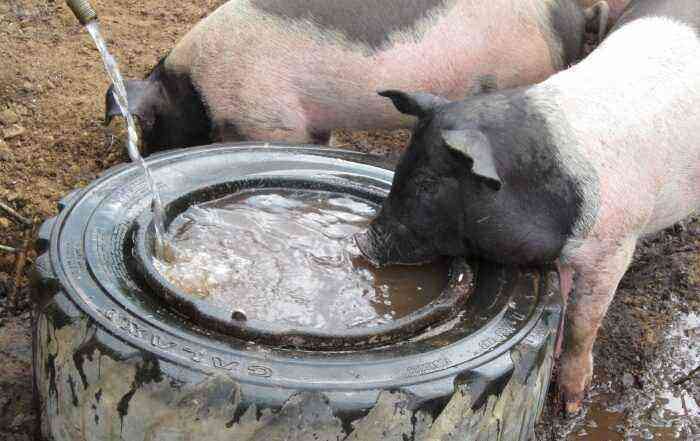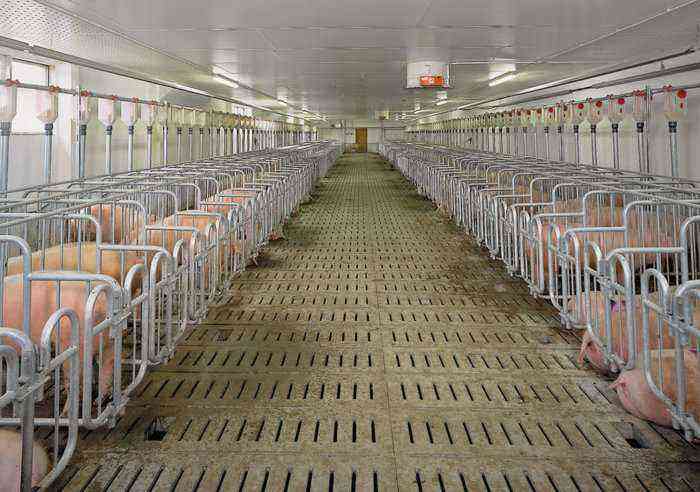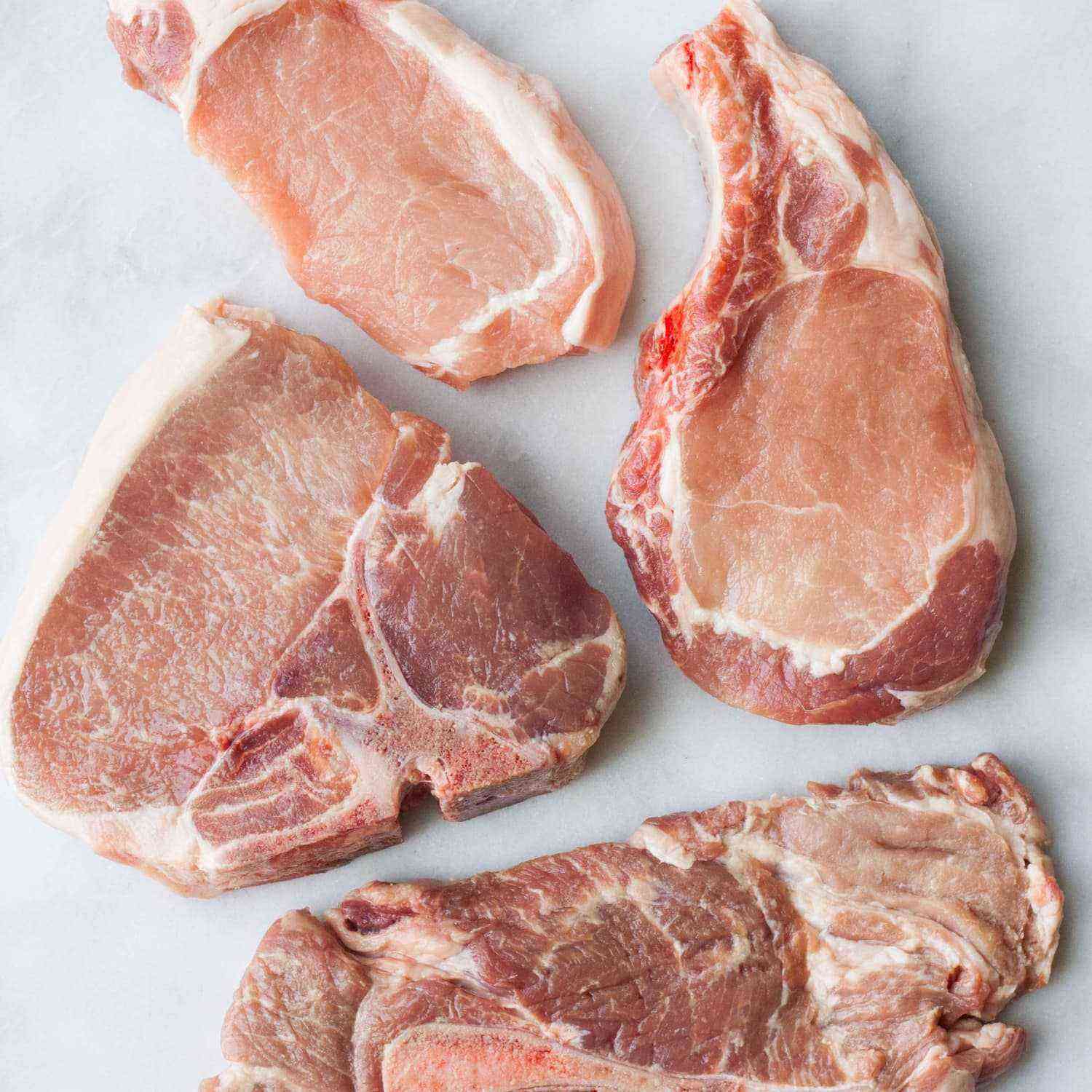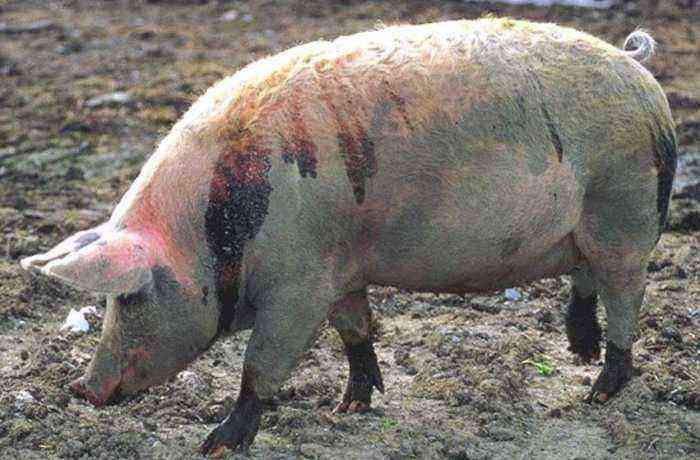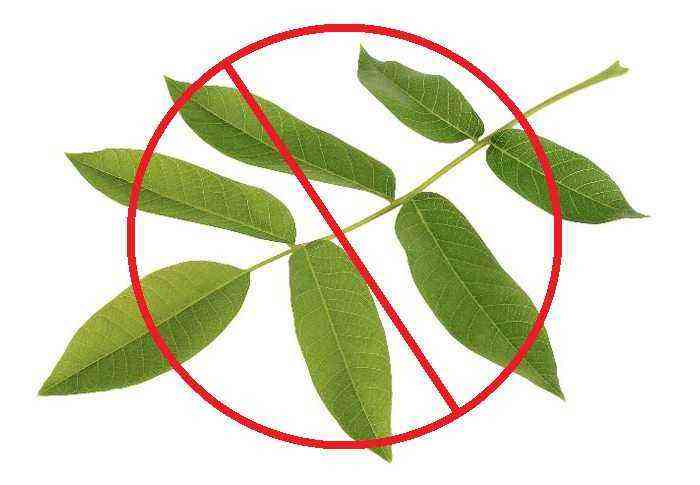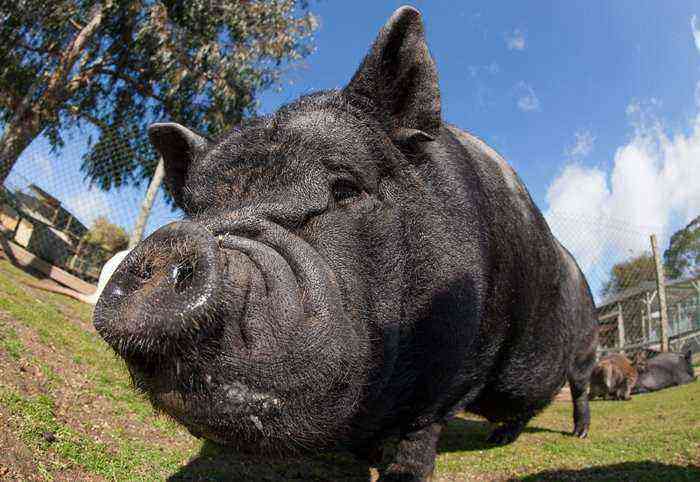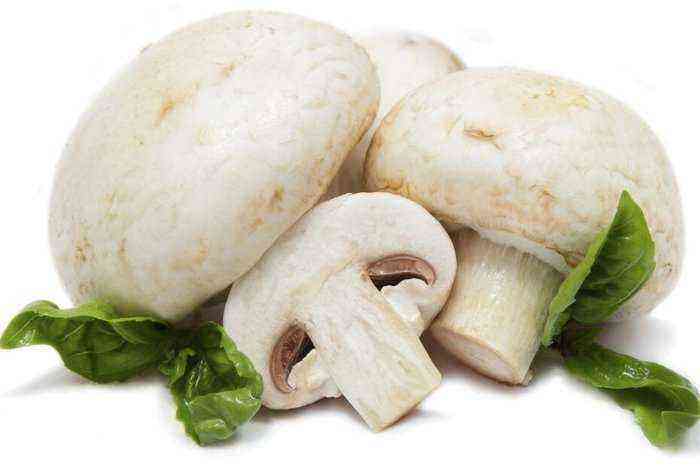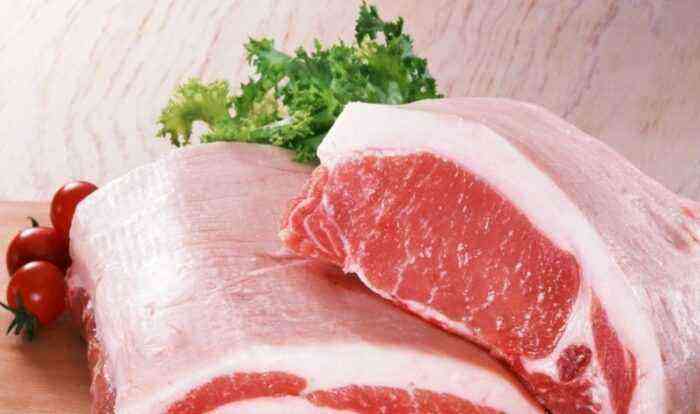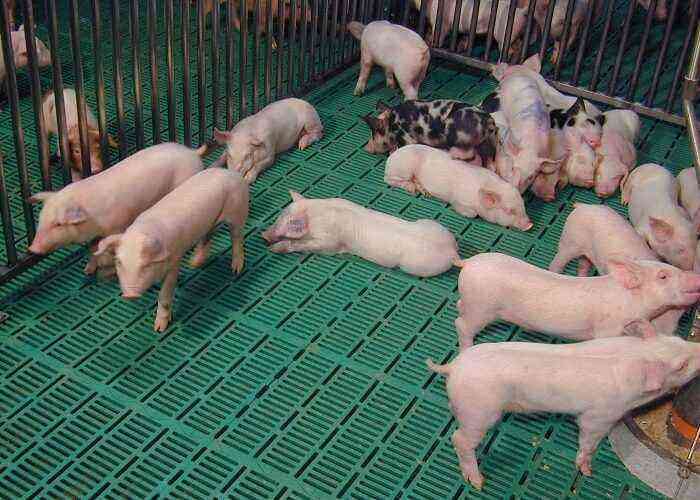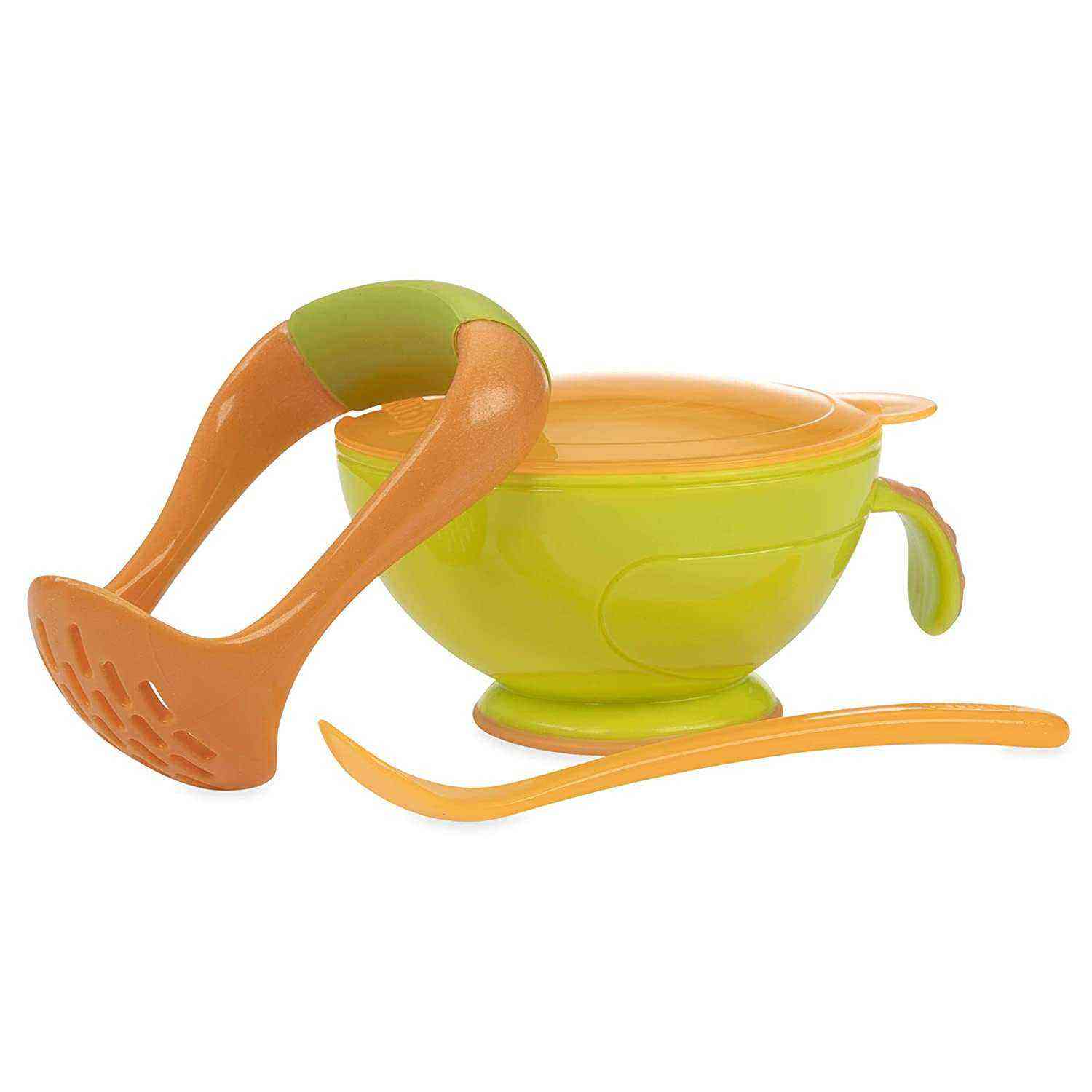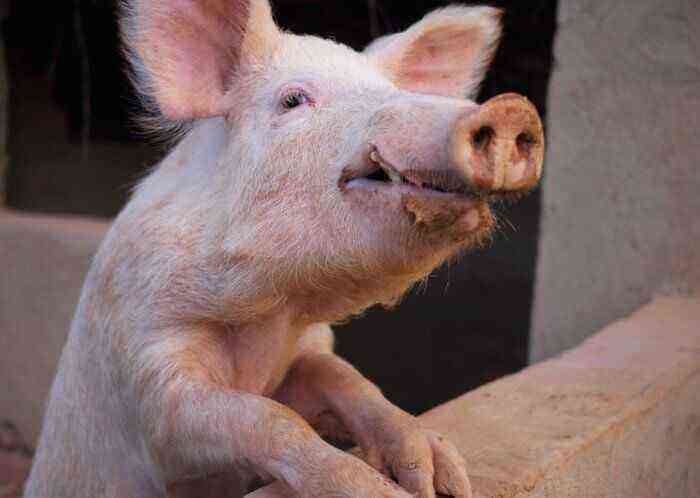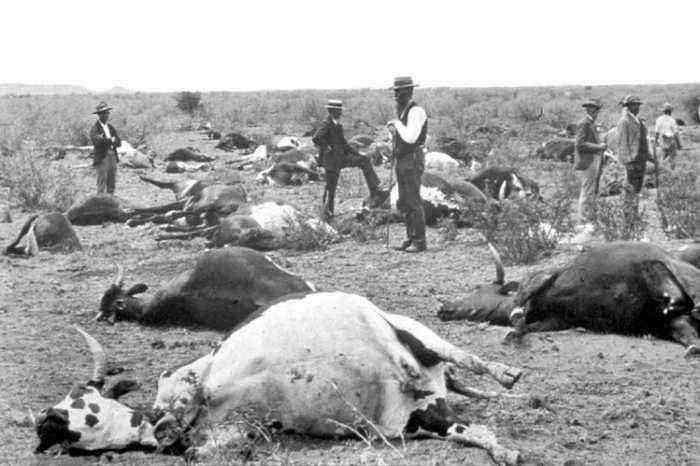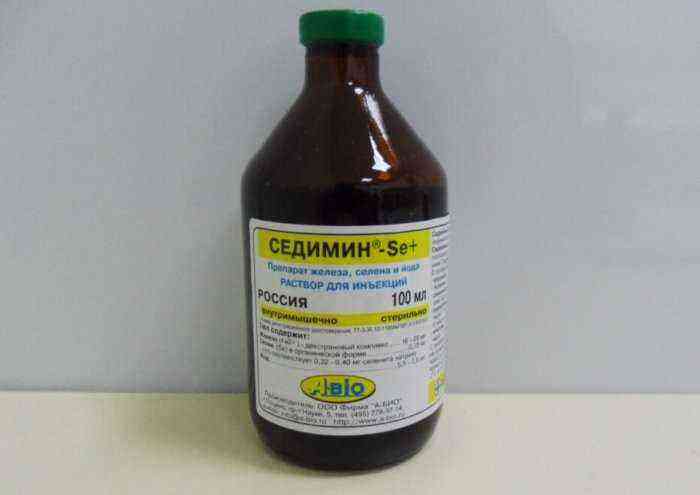The Duroc pig breed is of American origin. It is in demand all over the world. Outwardly, these animals are beautiful, well-built, their productivity characteristics are also noteworthy. From this article, readers will learn what advantages pigs of this breed have, what disadvantages they have and whether they should be bred.
Pigs Duroc
Characterization
Briefly characterizing Duroc pigs, they are beautiful, strong animals, distinguished by a quiet disposition. They are able to provide their owners with quality meat, but it is unprofitable to breed them for the sale of piglets, since the females are not very prolific.
Origin
Duroc pigs were bred by American breeders. Officially, this breed was introduced and registered in 1883. English settlers, setting off across the ocean, transported with them on ships all their property, including animals. Among them were pigs of different breeds: Guinean, Spanish, Berkshire. Arriving in America, farmers crossed their pets with local pigs. As a result, specimens with interesting characteristics began to be born.
Then breeders from New York and the state of Jersey began to work purposefully to improve the qualities of these pigs. The work was carried out for several years. As a result, two groups of completely different animals were obtained. Those that were bred in New York turned out to be miniature, but they were distinguished by high quality of meat and precocity. Those that were bred by the breeders of the State of Jersey were large, with a powerful skeleton, long drooping ears. As a result of crossing these two breeds, Duroc appeared. The characteristics of the progenitors were inherent in him: a strong constitution, early maturity, red color, good meat qualities.
general description
Duroc has a number of differences from all other breeds. Looking at such a pig, it is easy to recognize. Consider the main external characteristics:
- A large, strong body with a pronounced muscular relief.
- Red suit. Duroc pigs can be painted in shades of brown, burgundy, golden.
- Wide chest.
- Smooth back curve.
- Strong long legs. The hams are well defined.
- The head is not too large, the profile is curved.
- The ears are elongated, hang over the eyes.

The appearance of the representatives of the breed
The body length of males and females is almost the same – 1,8-1,85 meters. The average weight of a boar is 320-360 kg, pigs – 240-300 kg.
Productivity
Farmers are interested in how productive this or that breed of pigs is. Duroc occupies a middle niche in this respect. Meat yield after slaughter is not bad, on average 58-68%. However, many are embarrassed that females bring a small offspring: from 8 to 11 piglets per farrow. If we compare this breed with the white one, it turns out that it is unprofitable to breed Duroc for the purpose of selling piglets, since one female can bring up to 20 piglets in a year, and the white one – 50% more.
Breeding pigs of this breed for meat justifies itself. Piglets are born large – about 1,2-1,6 kg, after which they quickly gain weight. Already by the age of six months, their weight fluctuates within 110 kg. Farmers note that this breed is characterized by rapid maturation, and the daily weight gain, with the right maintenance and feeding, reaches record levels – more than 750 grams!
Advantages and disadvantages
The Duroc breed has a lot of advantages. Consider them:
- endurance;
- the ability to adapt to different conditions of detention;
- high percentage of output of meat products;
- suitability for grazing;
- rapid weight gain.
Note. Females of this breed are distinguished by good maternal qualities: they take care of their offspring. And these pigs are known for their peacefulness and complaisant nature.
Despite all the advantages mentioned, Duroc also has disadvantages:
- Fertility is below average.
- Demanding on the quality of the diet (these animals need to get a lot of protein food).
- Weak immunity.
Reference. Duroc piglets are susceptible to some viral diseases, such as atrophic rhinitis. This is their Achilles’ heel. If the infection enters the farm, there is a high risk of losing a large part of the livestock.
Feeding
Duroc pigs are indeed able to quickly increase muscle mass, but subject to an increased content of protein foods in the diet. In the summer, they can save a little on their food due to the fact that they graze on the pasture, but you can’t get carried away with thrift. The diet of pets includes:
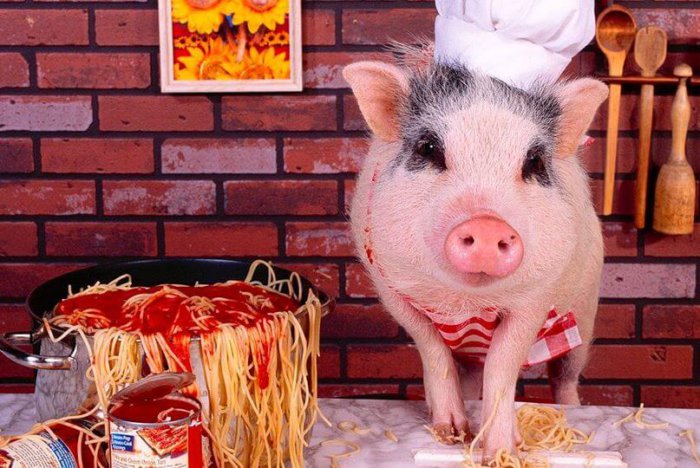
Pig feeding
- root crops and vegetables (potatoes, carrots, beets, pumpkin);
- at least 100 grams of protein, and with intensive fattening – 115 grams;
- silo, reversal;
- balanced feed;
- carbohydrates in a small amount – corn, barley, oats;
- dairy;
- fish, fish waste;
- meat and bone and fish meal;
- vitamin supplements.
In winter, pigs are fed three times a day, in summer the animals are transferred to two meals a day.
Breeding
Farmers who have been breeding pigs of this breed for a long time note that the offspring has a good survival rate – only 7% of newborns die for one reason or another. Females willingly feed their cubs.
Attention! Duroc piglets need additional feeding, as females do not differ in milkiness. They are encouraged to introduce complementary foods from the first days of life.
Starting from the 10th day of life, babies need to be given iron injections. Otherwise, they will become anemic. Walking is important for the younger generation – thanks to them, piglets receive vitamin D. Movement is the key to the health of Duroc pigs. When they walk a lot, their immunity is strengthened, the body better resists viral attacks.
Particular attention is paid to pregnant animals. They need to be properly fed and regularly walked to get healthy offspring. In general, breeding this breed for the purpose of selling meat is a profitable undertaking.
Duroc pigs, bred in America, are worthy of the attention of farmers. They are able to bring a tangible income, provided that they are provided with normal conditions of detention and good nutrition. Despite the shortcomings, farms in many countries are willing to breed them.
